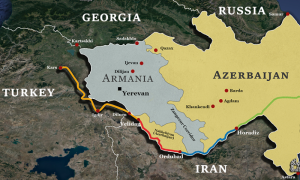ISLAMABAD/LAHORE: The Pakistan Meteorological Department (PMD) warned of above-normal temperatures and chances of heatwave episodes from March to May.
According to the Met Office advisory, nearly normal precipitation over several parts of the country was expected. The PMD said that the long-lasting La-Niña condition finally made the transition to the neutral state and is expected to remain neutral throughout the season MAM 2023 (March, April, May).
The Met Office said that based on the world and regional circulation patterns, the tendency for nearly normal precipitation is likely over many parts of the country.
Heatwaves coming from several parts of the country
It said the Northern parts of Khyber Pakhtunkhwa (KP) and Gilgit Baltistan might receive slightly below-normal precipitation. Seasonal mean temperatures were expected to remain above normal over several parts of the country, with chances of heatwave episodes.
Based on the expected warmer situation during the coming months, the Rabi crops would mature earlier, and the water demand for the standing crops is likely to be enhanced.
The rise in maximum temperatures and dry conditions would support the early onset of pollen season in the main cities of Lahore and Islamabad. The atmospheric situations suggest the likelihood of heatwave development during a season, especially over the plain places of the country. It added that water stress is predicted for the agriculture sector and domestic needs during the upcoming season due to soaring temperatures.
Before the PMD warming, weather expert Jawad Memon predicted the summer season in Karachi could be hot this year as the temperatures in February were above normal. Memon said the increasing temperature in February indicated extremely hot weather in the coming days.
Pakistan has been witnessing an unusual increase in temperatures, causing longer and the more intense summers and rains due to world warming. Pakistan was devastated by catastrophic floods following monster monsoons the previous year.
























